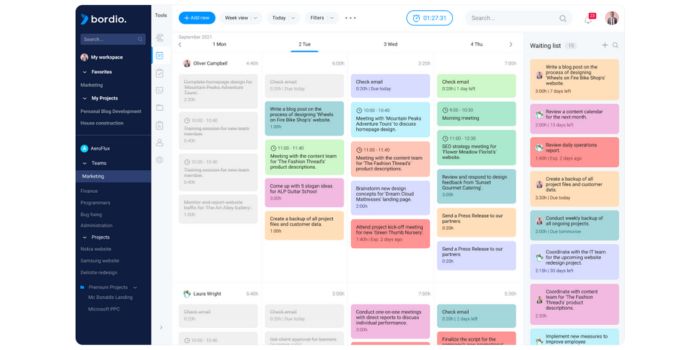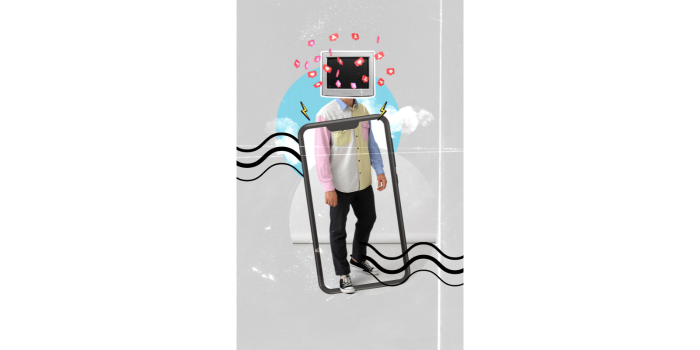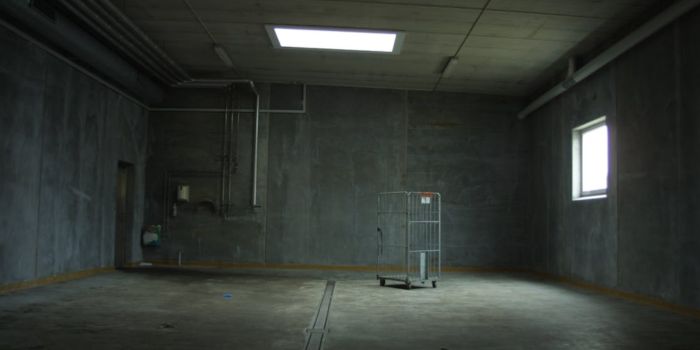The symbiosis of art and technology has continuously pushed the boundaries of what’s possible in digital creativity. As technology has advanced, so has the sphere of artistic possibility, forging new pathways for expression, storytelling, and human interaction. This synergy between art and tech has redefined traditional notions of artistry and created new frontiers in digital creativity.
Virtual Reality Art Installations
Art installations, traditionally, have always been about creating experiences. From avant-garde sculptures to dramatic light shows, they challenge our perception and evoke emotions. In the digital age, Virtual Reality and Augmented Reality are pushing these boundaries even further, offering immersive experiences that were once only the stuff of science fiction.
Benefits of VR in Art:
- Complete Immersion: VR provides a fully immersive experience. Users can feel as if they’re inside the artwork, with the ability to look in any direction and see the artist’s vision surrounding them.
- Interactivity: Many VR art installations offer interactive elements. Viewers might be able to alter parts of the artwork, engage with its components, or even contribute to the piece.
- Accessibility: For those who cannot visit physical art installations due to location, mobility, or other constraints, VR can provide a lifelike experience from the comfort of one’s home.
While VR is about total immersion in a digital world, AR overlays the digital onto our physical reality. Viewers can see and interact with digital art pieces superimposed onto their surroundings using smartphones or AR glasses. Streets, buildings, rooms, or even objects can become canvases for artistic expression.
Generative Art: Algorithms and Creativity
Generative art refers to any artistic practice in which the artist uses a system, such as a set of natural language rules, a computer program, or a machine, to create works of art. The artist does not create the artwork but the process of making it. This can be compared to a composer creating a symphony: the music can sound independently when the notes are set. As in an online planner or tool for project management, you can assign work and tasks, and it will also become more accessible to follow the progress of things.

The artist decides on a set of rules or algorithms. These could be based on mathematical formulas, patterns in nature, or any other systematic process. The generative system, usually a computer program, operates within the defined parameters. As the system works, it creates art. Because of the vast computational abilities of computers, they can produce complex pieces rapidly and even introduce random variables, leading to unexpected results.
Unlike static pieces, generative artworks can evolve. This might be due to the inherent design of the algorithm or external factors influencing the system. Even though artists set the initial parameters, the resulting art can be unpredictable. This element of surprise is a cornerstone of generative art, making each piece unique. Given the vast computational permutations and combinations, generative art can produce different outcomes. Some generative artworks are designed to interact with viewers. For example, an installation might change based on the movement or presence of people around it.
Digital Sculpting and 3D Printing
Digital sculpting, often likened to working with virtual clay, allows artists to model and design in a digital environment. These machines lay down material, layer by layer, translating the digital model into a tangible object.
- 3D printers can achieve levels of detail and complexity that are challenging, if not impossible, with traditional sculpting methods.
- Modern 3D printers work with various materials, from plastics and resins to metals and ceramics, giving artists a broad palette of textures and properties.
- Once a digital design is finalized, it can be printed multiple times, ensuring consistency across editions and allowing for size or material variations.
- Digital files can be shared and collaborated on across distances, allowing for joint projects or feedback loops that weren’t feasible.
The symbiosis of digital sculpting and 3D printing has paved the way for unparalleled complexity and beauty sculptures. Not only does it empower artists with tools that can transform imagination into reality with unprecedented ease, but it also democratizes art creation. Now, anyone with access to the necessary software and hardware can delve into sculpture, making art more inclusive and boundless than ever before.
NFTs Revolutionizing the Digital Art

The digital age has seen a myriad of innovations, but few have made as significant an impact on the art world as NFTs. These unique digital assets, stored securely on a blockchain, have forever altered the digital art sphere’s value, ownership, and trade paradigms.
- In the vast expanse of the internet, where duplication is rife, NFTs offer verifiable proof of authenticity. The blockchain records the details of each NFT, ensuring the legitimacy of ownership.
- Previously, digital artists faced challenges in profiting from their creations due to the ease of replication. With NFTs, artists can sell their works in digital marketplaces, tapping into a global audience and gaining financial recognition.
- Art collectors who traditionally sought physical pieces now have a platform to collect and invest in digital art. The rarity and uniqueness of certain NFTs can make them highly valuable and sought after.
- One of the groundbreaking features of many NFT platforms is the ability for artists to earn royalties. Each time an NFT changes hands, a percentage can be returned to the original creator, providing a continuous revenue stream.
- NFTs aren’t limited to static digital images. They can represent interactive pieces, virtual reality environments, or functional items in digital ecosystems, such as virtual real estate or in-game assets.
The rise of NFTs has not been without its controversies:
- Environmental Concerns: The energy consumption of blockchain networks, especially Ethereum, has been a point of contention. Critics argue that the environmental impact of minting NFTs is considerable.
- Market Volatility: The NFT market can be unpredictable, with prices soaring and plummeting rapidly. This volatility raises questions about the sustainable valuation of digital art.
- Authenticity Disputes: While NFTs ensure the authenticity of digital ownership, there have been instances where artists’ works have been tokenized without their permission.
NFTs stand at the intersection of art, technology, and economics, symbolizing a bold leap into the future of artistic valuation and ownership in the digital realm. As the ecosystem matures and addresses its challenges, the potential for NFTs to redefine the art world remains immense. The bottom line is that, for the most part, art in today’s world has changed so much that it has different ways of moving forward, as well as its pros and cons.




